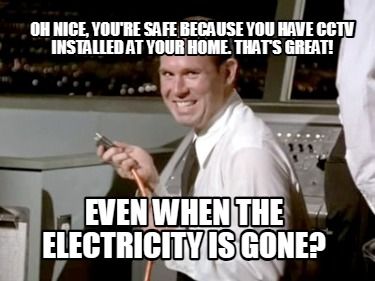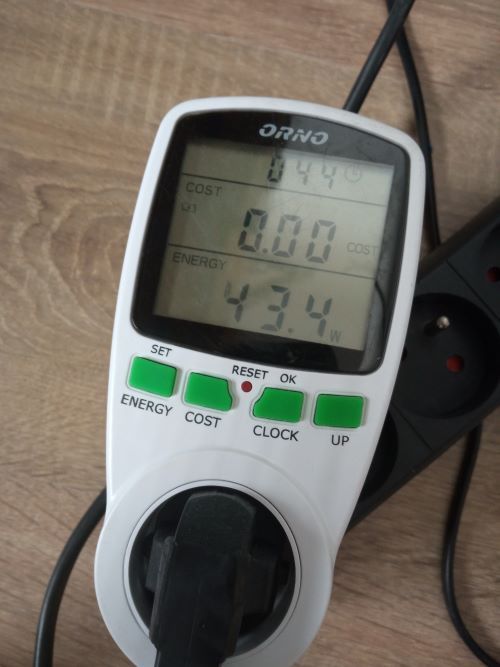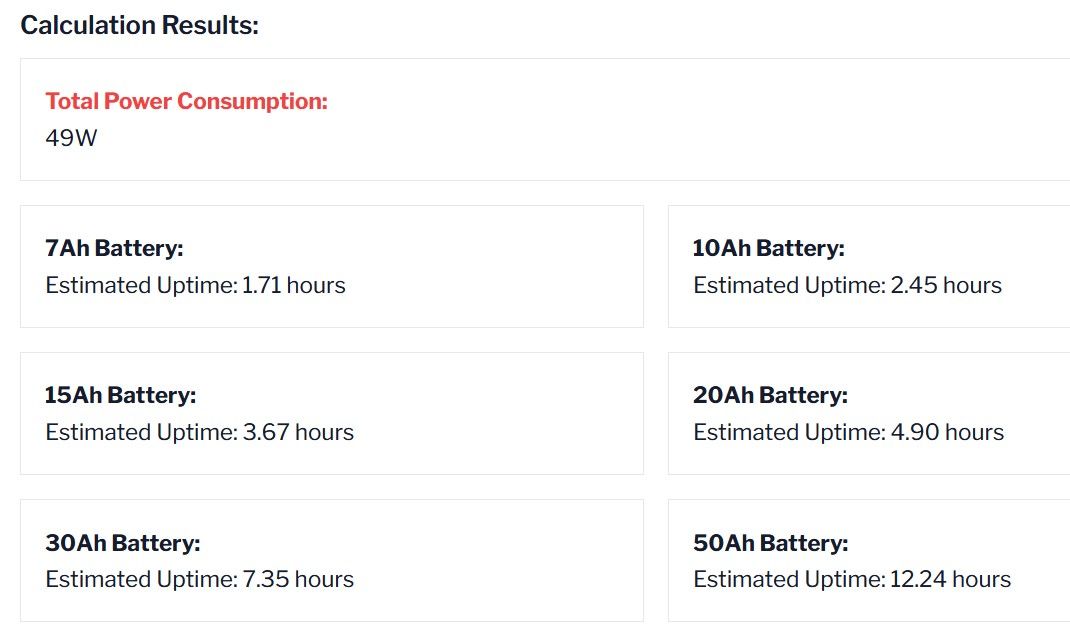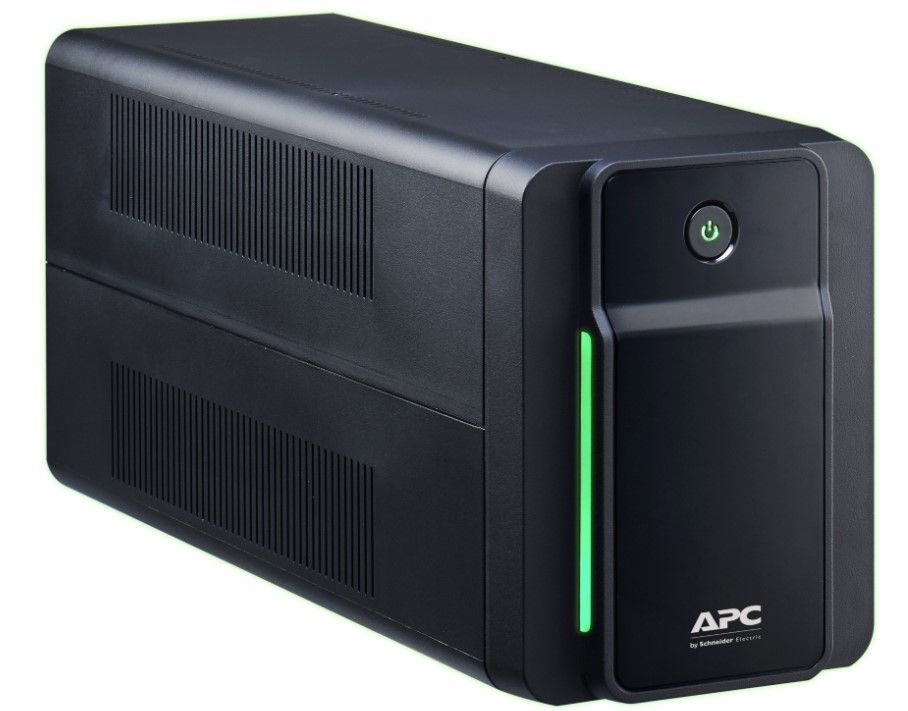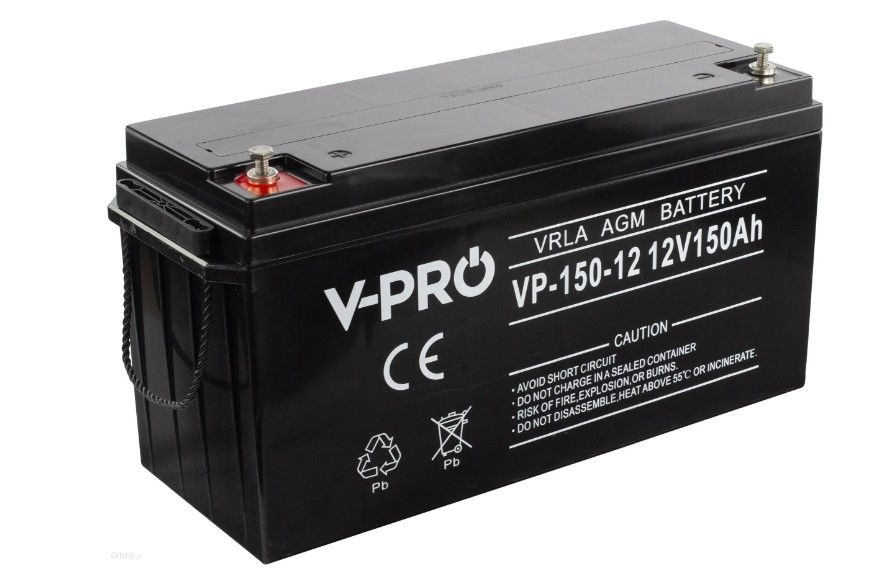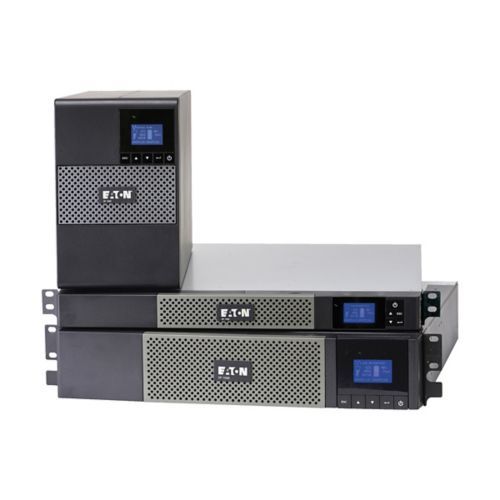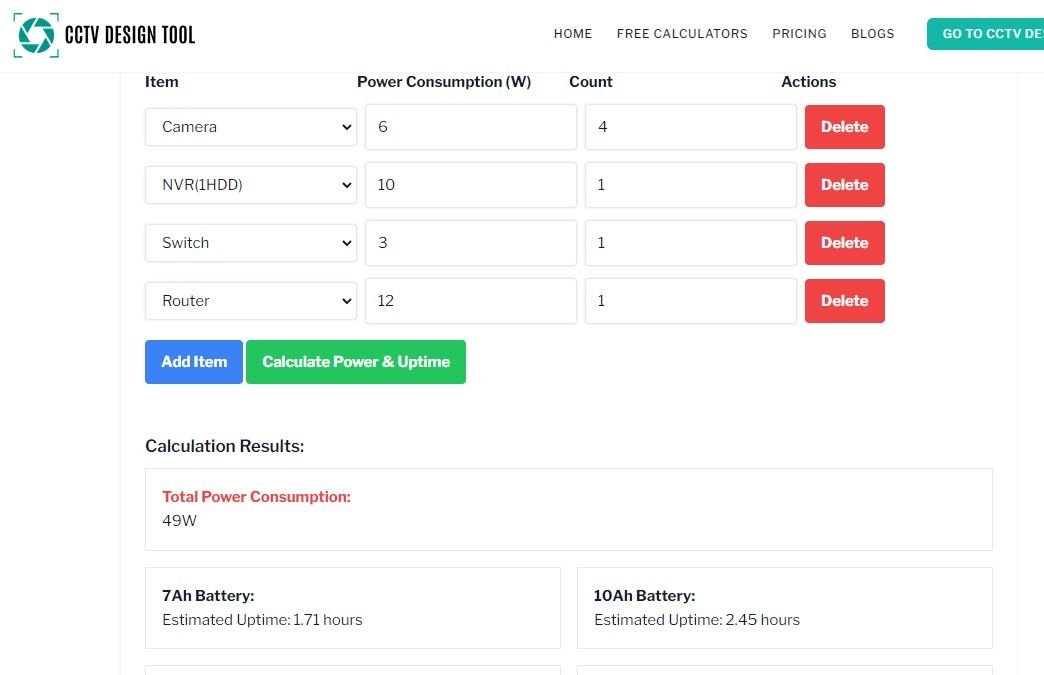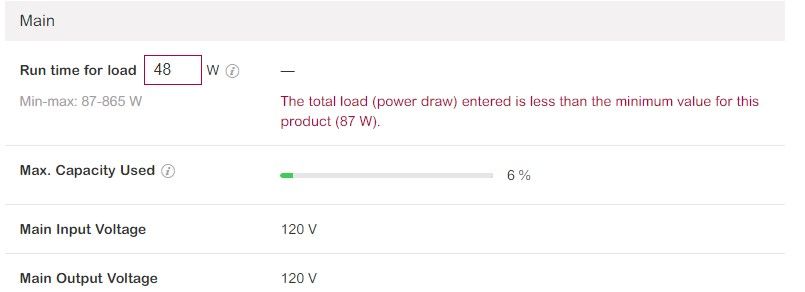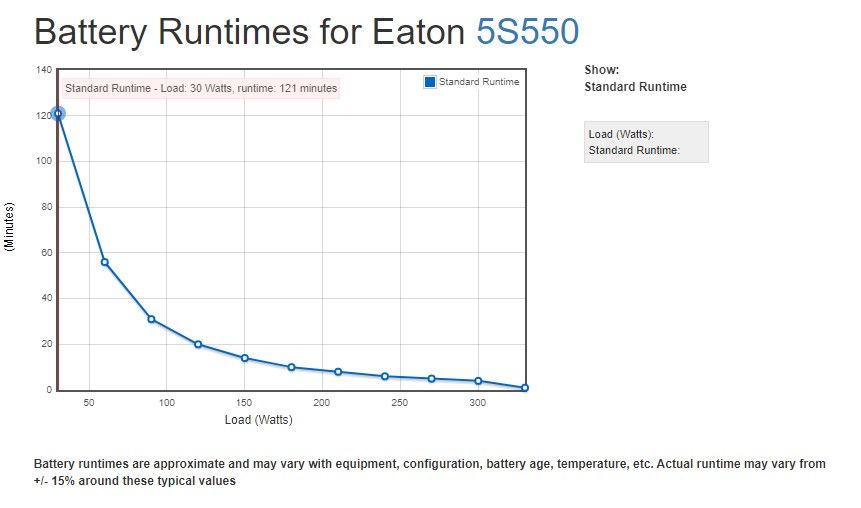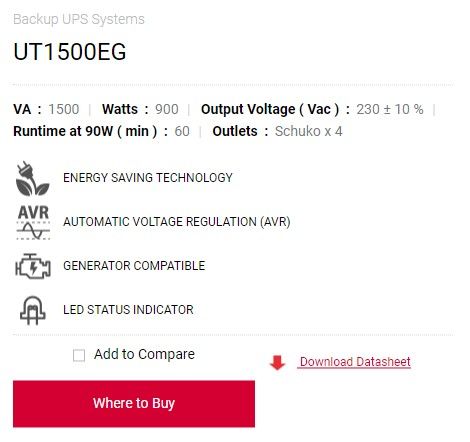How to select the right UPS for your home CCTV system
Having a CCTV system installed at your home significantly enhances your security. However, a critical vulnerability exists in most home CCTV installations: the lack of an emergency power source. A potential burglar merely needs to tamper with the power distribution box on the street to render your entire security system ineffective. So, how do you select the right Uninterruptible Power Supply (UPS) for your system?
First, let's look at the common UPS types and their features. Then, we'll do a real-world example of how to choose the right UPS for a home CCTV system. If you want to skip the theory and go straight to the practical part, click here.
1. Measure Power Consumption
To choose the appropriate UPS, you first need to understand the power demand of your system. UPS units come in various capacities to suit different power requirements.
It's worth connecting not just the recorder and cameras to the UPS but also your network infrastructure. This ensures that, even in a power outage, you can still access live footage on your phone, and your Wi-Fi won't fail during weekend power cuts.
There are a couple of ways to measure your power requirement:
- Direct measurement using a watt-meter, which plugs in between your power socket and the device’s plug.
- Estimation through online calculators like a CCTV UPS backup calculator where you input the maximum power draw of your devices (cameras, switches, NVRs, routers, etc.).
2. Determine Desired Backup Duration
Ideally, your UPS should maintain power throughout the entire duration of a power outage. Deciding on how long you want your system to run on backup power is crucial. Using the power demand you've measured and your desired backup duration, you can select the appropriate battery size. Backup duration estimates are often provided in the calculators mentioned above.
3. Types of UPS
The market offers various UPS units, each with specific features and benefits:
- Standby UPS: Ideal for low-power devices, offering basic protection.
- Line-Interactive UPS: Provides voltage regulation, suitable for moderate power needs.
- Online UPS: Offers the highest level of protection, with continuous power supply and voltage regulation.
For home CCTV systems, a line-interactive UPS is generally sufficient. However, if you have a large number of cameras and network devices, an online UPS would be more appropriate.
4. Battery Types
The choice of battery is critical for the performance and reliability of your UPS. The two most common types are:
- Lead-Acid Batteries: Affordable and widely available but require regular maintenance and have a shorter lifespan.
- AGM (Absorbent Glass Mat) Batteries: These are a type of lead-acid battery that is sealed, maintenance-free, and offers a longer lifespan and better reliability. They are superior for UPS applications due to their durability and ability to handle high discharge rates.
AGM batteries are generally considered the best choice for home CCTV UPS systems, given their balance of performance, maintenance requirements, and cost-effectiveness.
5. Enclosure Type
If your network infrastructure is mounted in a rack, a rack-mountable UPS (e.g., APC Smart-UPS) would be the most suitable. Otherwise, a freestanding unit from manufacturers like CyberPower or Eaton would be more appropriate for non-rack environments.
6. Common Mistakes to Avoid
When selecting a UPS for your home CCTV system, be wary of the following pitfalls:
- Underestimating Power Needs: Ensure the UPS can handle the total load of your connected devices.
- Ignoring Battery Life: Batteries degrade over time. Consider the replacement cost and availability.
- Neglecting Surge Protection: Choose a UPS with built-in surge protection to safeguard against voltage spikes.
- Forgetting Maintenance: Regularly test and maintain your UPS to ensure reliability, especially before expected power outage seasons.
Incorporating these considerations into your selection process ensures that your home surveillance system remains operational during power outages, providing uninterrupted security for your home.
Practical Example
Consider the scenario of selecting a Uninterruptible Power Supply (UPS) for a home CCTV system, aiming to maintain operational status during power outages, which in our area last about 2 hours.
The setup includes the following devices:
- 4 x Hikvision DS-2CD2347G2 cameras
- 1 x Hikvision DS-7604NI-K1 Network Video Recorder (NVR)
- 1 x Hikvision DS-3E0105P-E network switch
- 1 x TP-Link Archer C6 router
To determine the necessary power backup, we start by assessing the power consumption of each component. The DS-2CD2347G2 cameras, as listed on Hikvision's official website, each consume up to 6W of power.
Further research reveals that the NVR (DS-7604NI-K1) requires 10W, the network switch (DS-3E0105P-E) 3W, and the router (TP-Link Archer C6) draws 12W.
Utilizing an online CCTV UPS backup battery calculator, we calculate the total power consumption to be 49W. While a UPS of this exact capacity is uncommon, selecting one with a greater capacity is advisable for efficiency and future expansion.
With a target of maintaining system operation for 2 hours on backup power, the calculator suggests a UPS equipped with a 12V battery should have a minimum of 20Ah capacity. As with power, a higher capacity than currently necessary is recommended for reliability and scalability.
Having identified the technical requirements, we explore UPS models from renowned manufacturers like APC, Eaton, and CyberPower, focusing on line-interactive UPS systems with AGM batteries due to their suitability for home CCTV setups.
APC
A visit to the APC website for a UPS meeting our specifications requires conversion from VA to Watts, as APC lists power capacity in VA. Using the formula W = VA * Power Factor (with a typical power factor of 0.7), we search for a UPS with at least 70VA capacity and a 20Ah battery. However, APC's offerings for home use do not support external batteries, limiting their suitability for our extended backup requirements. Models compatible with external batteries exceed our minimal power need, starting at 87W output, which overshoots our calculated demand.
Eaton
Exploring Eaton's offerings, the Eaton 5S550 stands out as a potential fit. It boasts 330W of output power, comfortably exceeding our requirements. Despite our calculated peak consumption of 49W, actual usage is likely to be lower, making the 5S550 a suitable choice for our two-hour backup goal.
CyberPower
CyberPower's UT1500EG model perfectly aligns with our needs, offering 900W of power. It's designed to provide power for 60 minutes at a 90W load, implying sufficient capacity for our system to run for 2 hours at a lower consumption rate.
Other Solutions
As illustrated, sourcing a UPS for a home CCTV system with an extended backup requirement poses challenges. Standard models typically offer 15-30 minutes of backup. For longer durations, considering inverters with external batteries may provide a viable alternative. Although more costly, they offer increased flexibility and can cater to a wider range of applications beyond CCTV systems.
